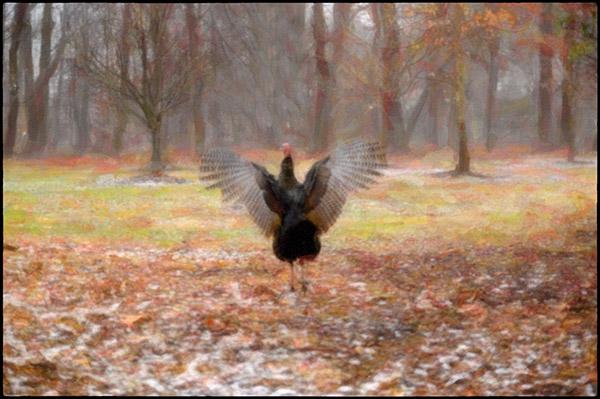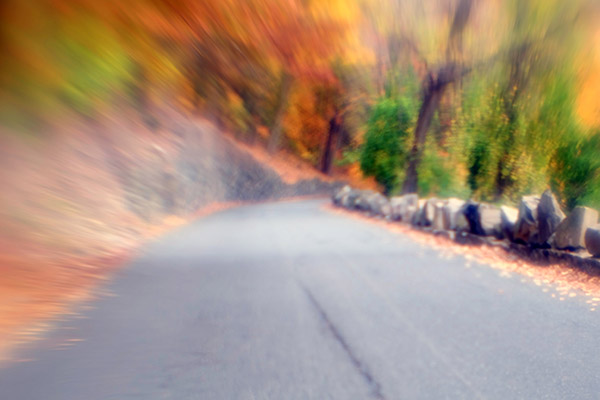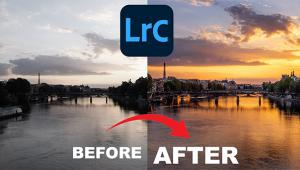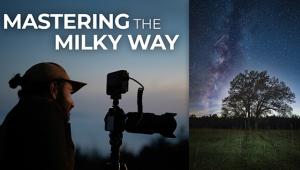Our 5 Favorite Photo Filters For Photographing Fall Foliage

Here are some tips for making the most of the fall color change, including five fun filters (the physical, screw-in kind). Scientifically, the leaves of deciduous trees lose their chlorophyll and reveal the reds, oranges and yellows that were hiding beneath the green. For me it’s like a kindergarten kid getting their first box of 64-color Crayolas—so many new colors and so little time.
September slips into thoughts of long drives on winding roads through Vermont, tart apple cider sipped from waxy paper cups and the smells of pumpkin, cinnamon and smoldering leaves. For those of you who have never experienced an East Coast autumn, close your eyes and imagine.
Fine. Now where did I leave the rake last spring?
Where to start?
Why, at the beginning of course. I found this great, interactive fall foliage prediction map at the Smoky Mountains website. No forecast map is 100% correct, but this one looks pretty good. It tells me that in a couple of weeks the change should be near its peak in my area. And BTW, the Great Smoky Mountains National Park is a sensational fall season destination. By car it’s only 11 hours from Manhattan to Pigeon Forge.

What to bring?
Number one in my fall photo backpack is a didymium filter, also known as a color enhancer, red enhancer or color intensifier. Didymium is a mixture of the elements praseodymium and neodymium, and while that means absolutely zip to me, what it does to fall foliage is fantastic. Warm hues are accentuated but the blues and greens appear normal when didymium glass like the Hoya Color Intensifier ($22 at B&H) is used. (Incidentally, Hoya knows this filter by many names, including the Light Pollution Killer. That’s an application we have to explore soon!)

Polarizer
These filters, as you surely know by now, make blues skies bluer, fluffy clouds fluffier and virtually all colors more saturated. Surface sheen (glare) is reduced or eliminated altogether and the true colors of fall shine through. Polarizers work great on foliage because leaves are often shiny. The only drawback is that they are light hogs. Exposure must be increased by two or three stops (depending on type and brand) and that can be challenging on a dull fall day. Your camera will compensate for the exposure bump automatically but you may need to hike the ISO.

Color Correction Filters
For many, many years BD (Before Digital) photographers used color correction filters to match film to prevailing lighting conditions. Daylight film could be used under tungsten lighting if the right cooling (blue) filter was deployed. Conversely, tungsten film was passable in outside light with a warming (amber) filter in place. Warming and cooling filters are so called from the common notion that colors near the red/orange end of the spectrum are “warm” while colors at the blue/violet end are “cool.” Use a warming filter—an 85A for instance—to add a gentle glow like the rusty colors we see at sunset. To simulate the blue of twilight or early dawn, shoot through an 80A. And always remember that the easiest way to exaggerate the effect of a filter is to slightly underexpose the scene.

Cokin Creative Filters
Cokin offers so many filters that are especially compelling in the fall that it’s hard to pick just one. Start with a Graduated Filter, like a T2 Tobacco, to add warmth to the foreground without affecting the sky or leaves. Turn it upside down and achieve the opposite effect. Cokin graduated ND (Neutral Density) filters are very useful, too. Use them to hold back a too-bright sky when photographing a vibrant landscape, for example.
If you’re not familiar with Cokin (e.g., if you have been hiding in a fallout bunker for the past 40 years) check out the graphic below.
Singh-Ray LB ColorCombo Polarizer Filter
Available in sizes 49mm to 105mm, this screw-in filter combines the best features of a polarizer with a slightly warming color intensifier. Great accessory, but not for the faint of wallet. Price for the 52mm size at B&H is around $370. For more about the brand, check out Singh-Ray’s website.

Bonus Babies
Not filters, but lenses—Lensbaby to be exact. These babies add oomph! to many everyday shots and are particularly potent on fall colors. The Lensbaby Spark was used to capture the image below. Easy to use, it’s also about the most affordable Lensbaby, checking in at around $89.
Conclusion
The five favorite filters for photographing fall foliage feature’s finally finished. File for future forehandedness. If you were looking for the type of filters that are Photoshop plug-ins, sorry to disappoint. We’ll go down that happy road another time.
—Jon Sienkiewicz
- Log in or register to post comments
















































